The U.S. Army is charging toward a future dominated by drones, with a groundbreaking plan to equip every combat division with approximately 1,000 unmanned systems by the end of 2026, according to a memo from Defense Secretary Pete Hegseth. This seismic shift, reported by Business Insider, draws inspiration from Ukraine‘s drone-driven battlefield tactics and aims to redefine modern warfare with agile, cost-effective technology.
Ukraine’s Influence on U.S. Strategy
The war in Ukraine has reshaped military thinking, showcasing drones as game-changers. Ukraine, now a global leader in drone production, deploys thousands of units—ranging from large attack models to small, off-the-shelf surveillance drones. These systems have proven devastatingly effective against Russian forces, offering a blueprint for budget-conscious warfare. “Land warfare has transitioned to drone warfare,” retired General Jack Keane told The Wall Street Journal. “If you can be seen, you can be killed.” The U.S. Army’s plan mirrors this approach, prioritizing swarms of inexpensive drones to overwhelm adversaries while scaling back reliance on costly crewed aircraft and ground vehicles like Humvees.
Technical Leap Toward Drone Dominance
Each Army division will receive drones tailored for attack, logistics, and surveillance, with roughly 1,000 units per division. These systems promise greater flexibility than traditional multimillion-dollar equipment, which often faces yearslong procurement delays. Hegseth’s memo emphasizes “inexpensive drone swarms capable of overwhelming adversaries,” signaling a move toward rapid-deployment tech. The Army is also ramping up counter-drone defenses, integrating Artificial Intelligence and 3D printing to produce small drones on demand. In March 2024, Breaking Defense reported that the U.S. was already 3D printing drones for training, a trend now set to expand across operational units.
Scaling Back Legacy Systems
The drone surge comes at the expense of older platforms. Hegseth’s memo outlines plans to “cancel or scale back” programs tied to crewed aircraft, outdated drones, and vehicles like Humvees. This pivot reflects a broader effort to eliminate “wasteful” spending, including what the memo calls “unnecessary climate-related initiatives.” By redirecting resources to drones, the Army aims to create a leaner, more responsive force capable of deterring threats, particularly from China in the Indo-Pacific.
Operational and Economic Impacts
For soldiers, drones offer enhanced safety and precision. Surveillance drones can scout enemy positions from miles away, while attack drones reduce the need for risky manned missions. Economically, the shift could save billions by replacing expensive helicopters with drones costing as little as a few thousand dollars each. However, the transition may disrupt defense contractors reliant on legacy systems, potentially sparking industry pushback. Regulatory hurdles, such as airspace management for drone swarms, also loom large.
DroneXL’s Take
The Army’s drone push is a wake-up call for the defense world, proving that agility trumps brute force in modern combat. Picture a battlefield where a $5,000 drone outsmarts a $50 million helicopter—it’s not just cost-effective, it’s a revolution. For drone professionals, this signals a boom in demand for innovative designs and counter-drone tech. Yet, we can’t ignore the human cost: soldiers trained on Humvees may feel left behind in this high-tech race. The Army’s bold bet on drones feels like a sci-fi blockbuster unfolding in real time, but it’s grounded in a truth Ukraine taught us—adapt fast, or lose.
Photos courtesy of Anduril / Business Insider
Discover more from DroneXL.co
Subscribe to get the latest posts sent to your email.
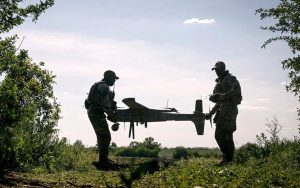

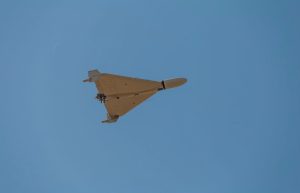
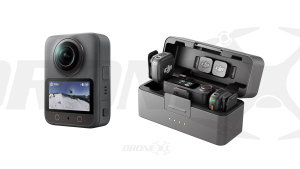
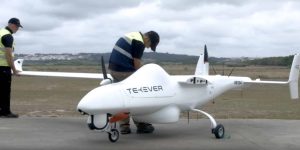
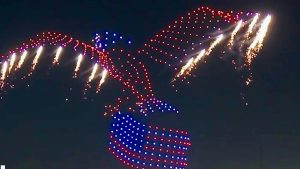



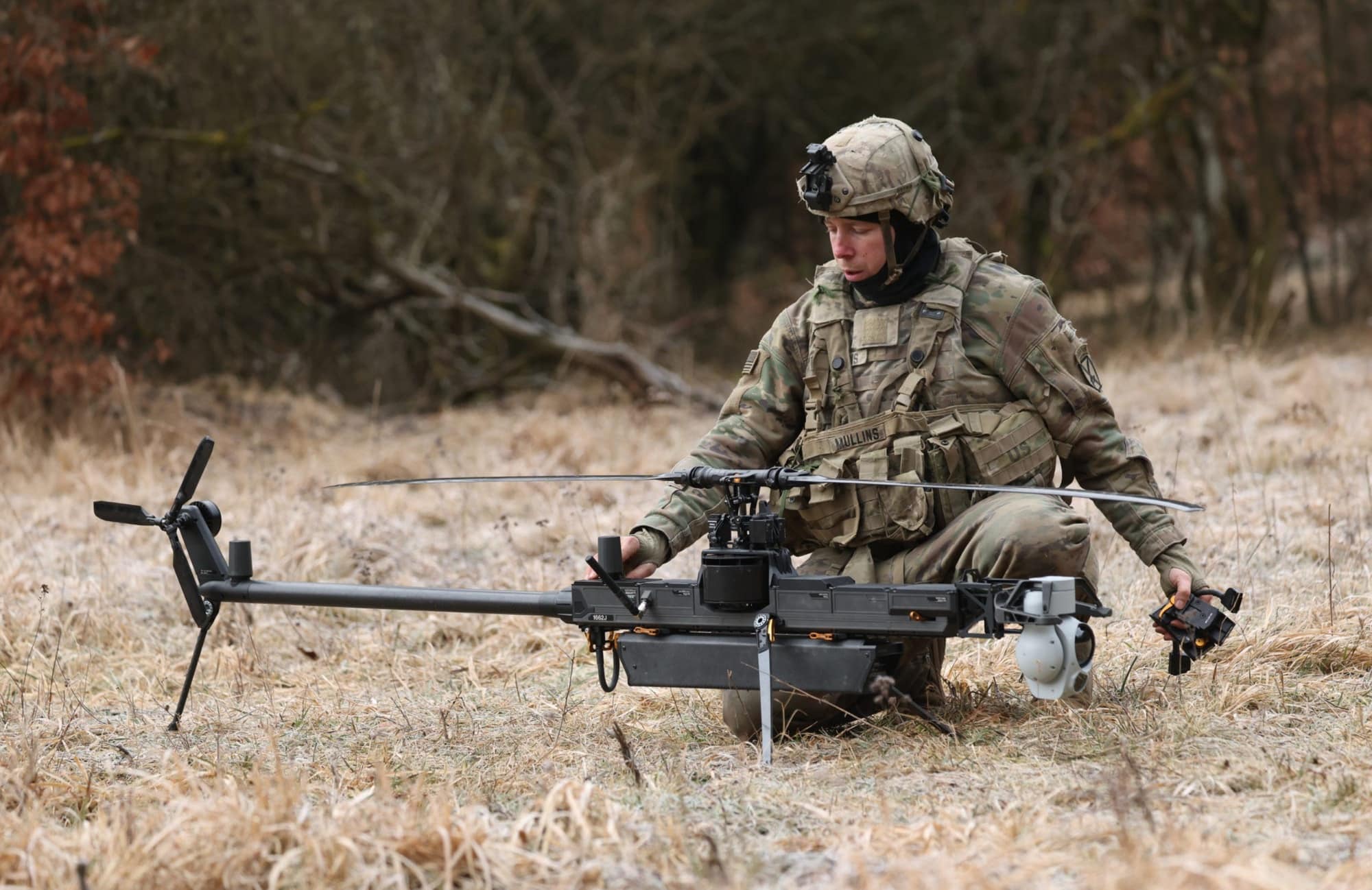
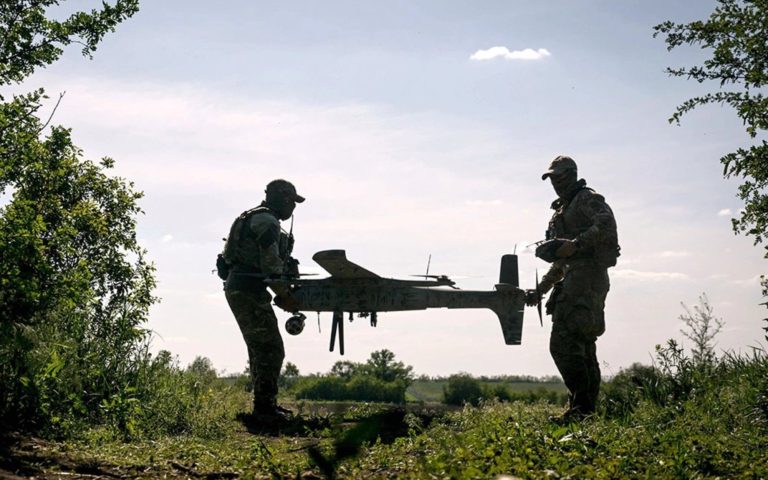
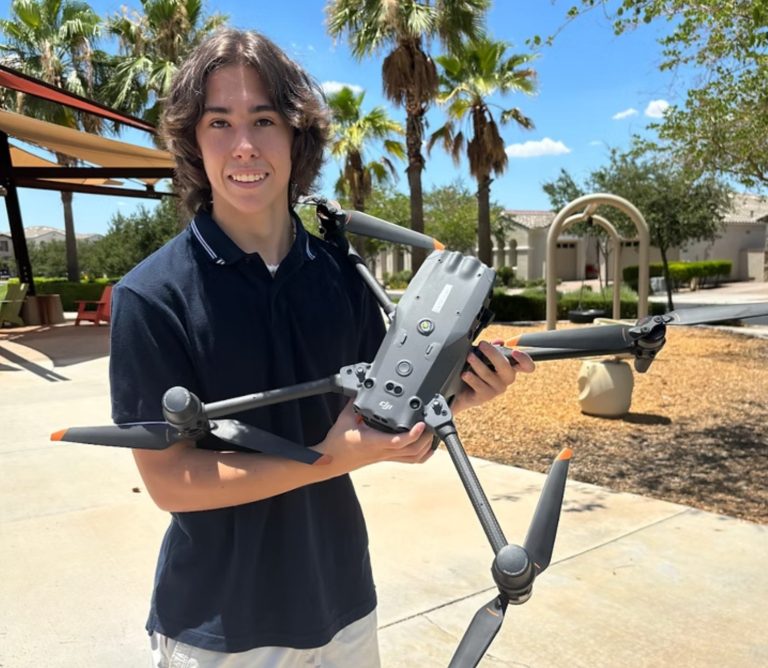
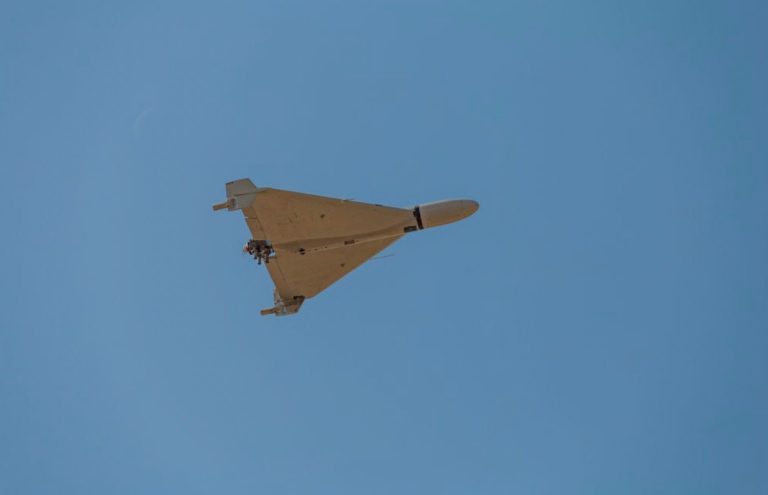
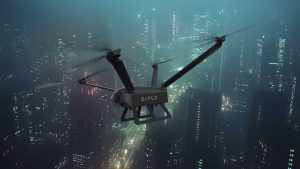

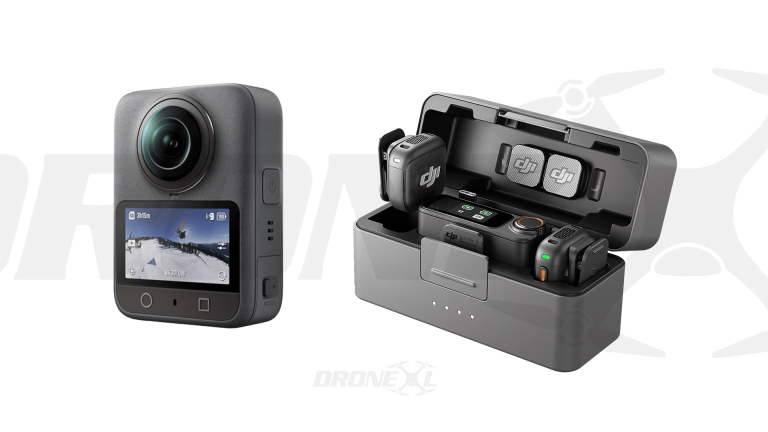
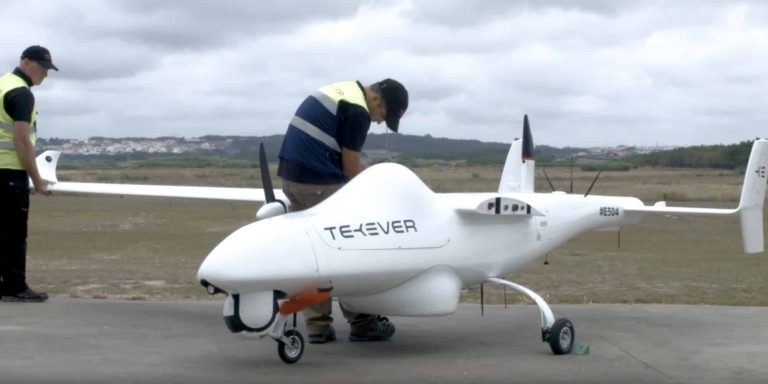
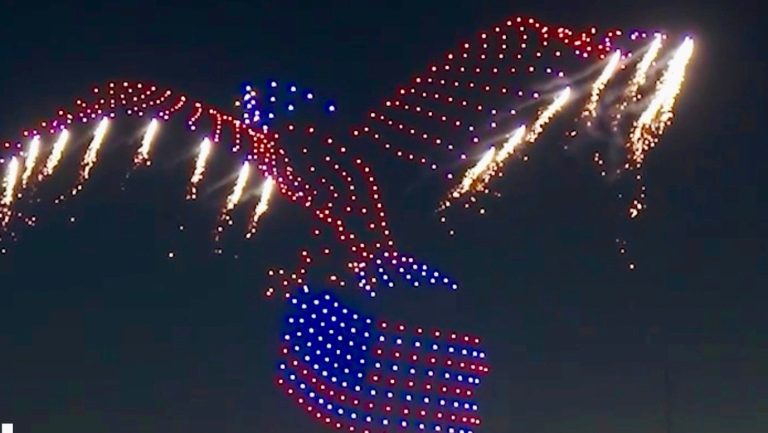

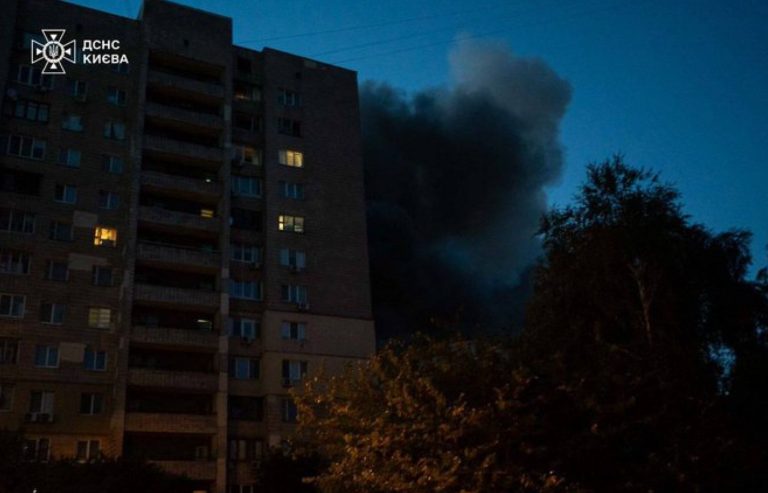
+ There are no comments
Add yours